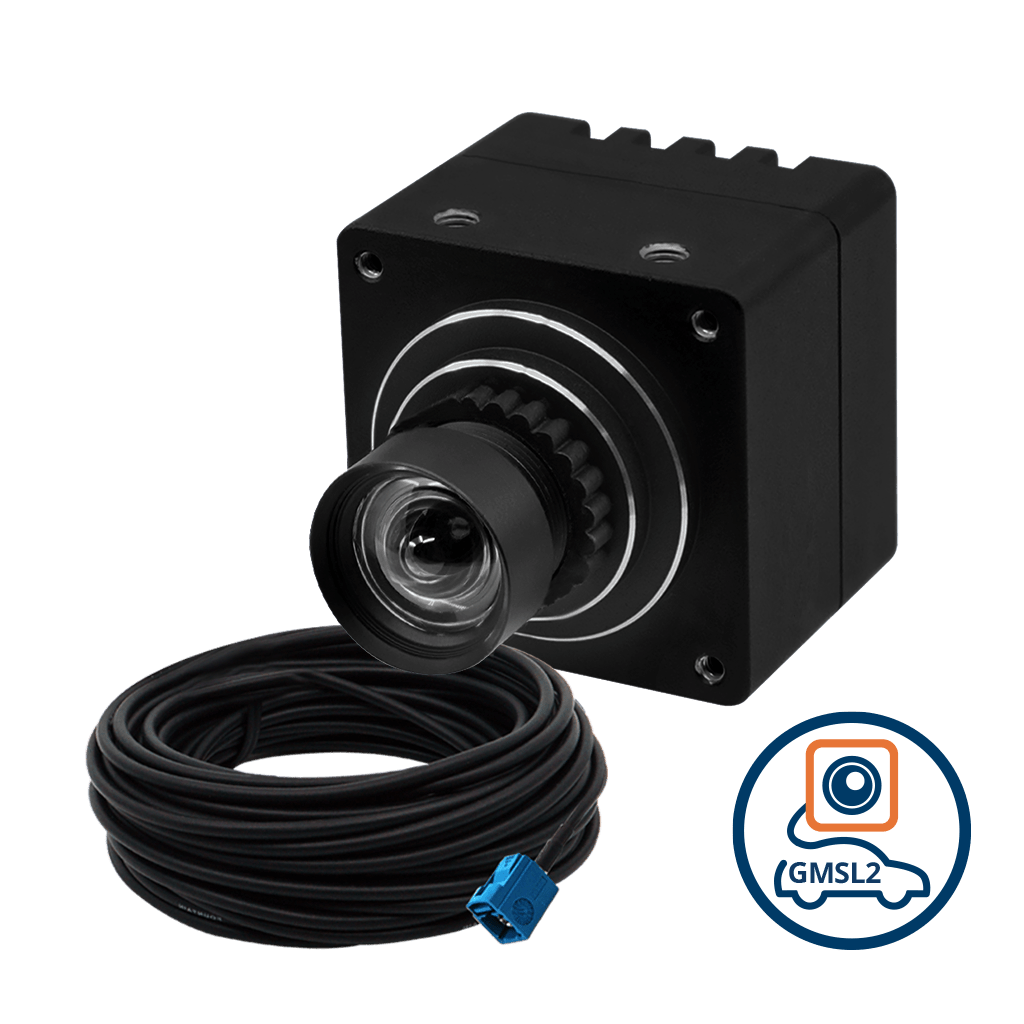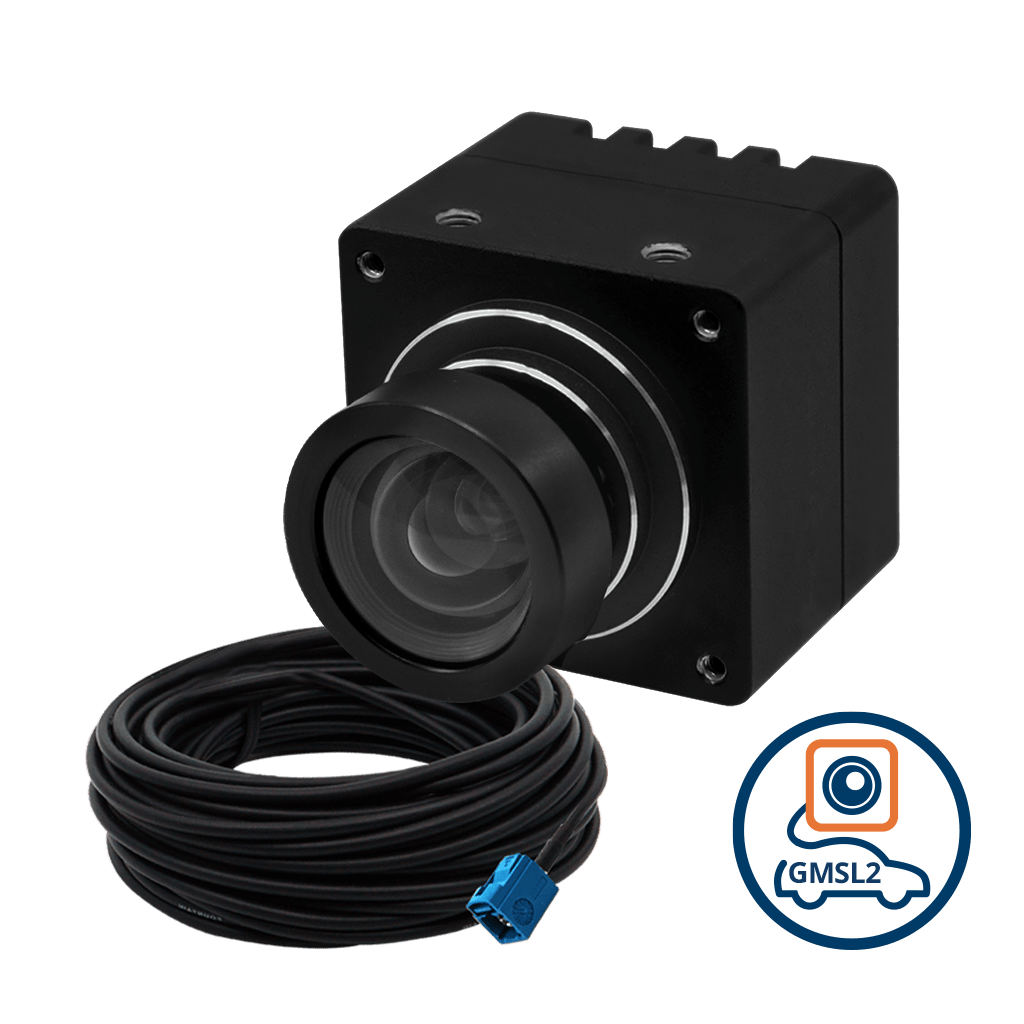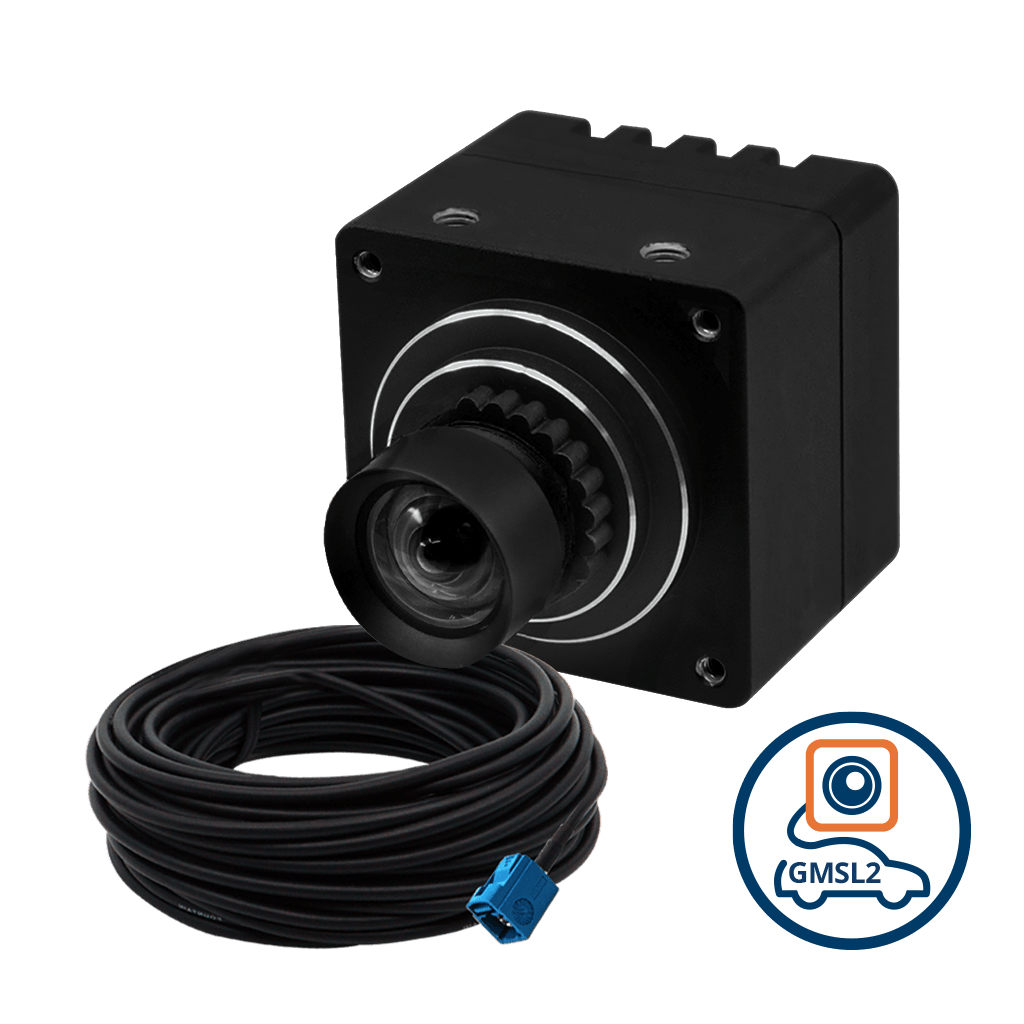Imagine driving through a bustling city where traffic flows effortlessly, parking is a breeze, and traffic violations are swiftly addressed—all made possible by Automatic Number Plate Recognition (ANPR) technology. In our increasingly smart world, ANPR is revolutionizing how we manage and monitor vehicles. This advanced technology captures and decodes vehicle license plates. It, thereby, plays a vital role in traffic management by detecting lane violations and speeding.
Beyond roadways, ANPR is instrumental in parking lot management. It ensures efficient space utilization and reduces congestion. It also enhances vehicle monitoring by providing law enforcement with crucial data to track stolen vehicles and manage toll collections seamlessly. As ANPR integrates into various facets of urban life, its impact on creating safer, more efficient cities becomes undeniable.
This blog post takes a look at how to choose the right camera for ANPR to ensure optimal performance and reliability.
What Is ANPR? What Is Its Relevance in Traffic Enforcement?
Automatic Number Plate Recognition (ANPR) is a technology that uses optical character recognition to read vehicle registration plates. ANPR systems consist of high-speed cameras and sophisticated software that capture, process, and interpret license plate information. These systems are often integrated with databases to identify vehicles and retrieve relevant data quickly.
ANPR is highly relevant in traffic enforcement due to its efficiency and accuracy in monitoring vehicle movement. It is crucial in detecting and penalizing traffic violations such as speeding, red-light running, and illegal lane changes.
ANPR reduces the need for manual checks and allows for continuous, real-time monitoring of traffic conditions. This enhances road safety by ensuring that violations are promptly addressed.
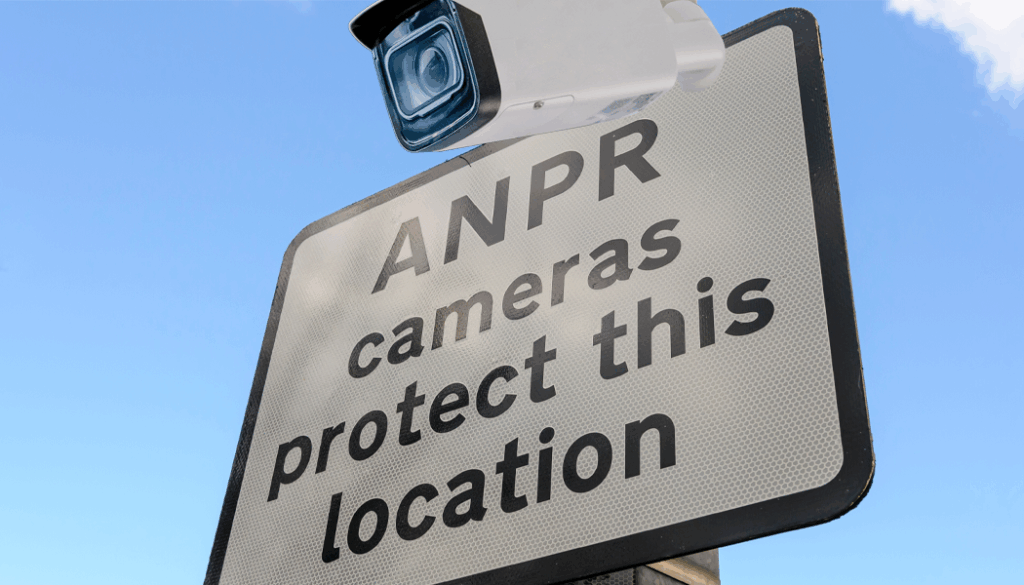
ANPR Camera
Moreover, ANPR aids in law enforcement by identifying stolen or unregistered vehicles. The data captured can be cross-referenced with law enforcement databases. This enables quick action against offenders.
ANPR systems are also invaluable in toll collection. It helps reduce congestion at toll booths by automating the payment process. Overall, ANPR is an essential tool in modern traffic management, contributing significantly to safer and more efficient roadways.
Real-World Examples of ANPR Systems in Use
- Australia – Several state police forces
- Canada – Ontario’s 407 ETR highway
- United States – Golden Gate Bridge, San Francisco, California
The Global ANPR Market – Overview and Growth Drivers
The global Automatic Number Plate Recognition (ANPR) market has been experiencing significant growth. This is primarily driven by the increasing adoption of smart technologies in urban infrastructure.
In 2021, the ANPR market was valued at approximately USD 2.5 billion. It is projected to reach around USD 4.5 billion by 2026 – growing at a compound annual growth rate (CAGR) of 12.0%. This growth is fueled by various factors, including:
- the rising need for efficient traffic management,
- enhanced security, and
- the integration of ANPR systems with emerging technologies.
One of the primary drivers of the ANPR market is the growing demand for advanced traffic management solutions. With urbanization on the rise, cities are facing increasing traffic congestion and related issues.
ANPR systems help streamline traffic flow, reduce congestion, and improve overall road safety by enabling real-time monitoring and management of vehicles. These systems are crucial for automated toll collection, parking management, and enforcement of traffic regulations. This helps enhance the efficiency of urban transportation networks.
Security concerns are another major factor propelling the growth of the ANPR market. ANPR systems provide valuable data for tracking stolen vehicles, monitoring suspicious activities, and enforcing legal compliance. The ability to quickly identify and respond to potential threats makes ANPR an indispensable tool for maintaining public safety.
Technological advancements are also playing a pivotal role in the expansion of the ANPR market. Innovations such as artificial intelligence (AI) and machine learning (ML) are enhancing the accuracy and functionality of ANPR systems. AI-powered ANPR solutions can now recognize plates with greater precision under various conditions, including low light and high speeds. The integration of ANPR with other smart city technologies further boosts its effectiveness and adoption.
The Role of Cameras in ANPR
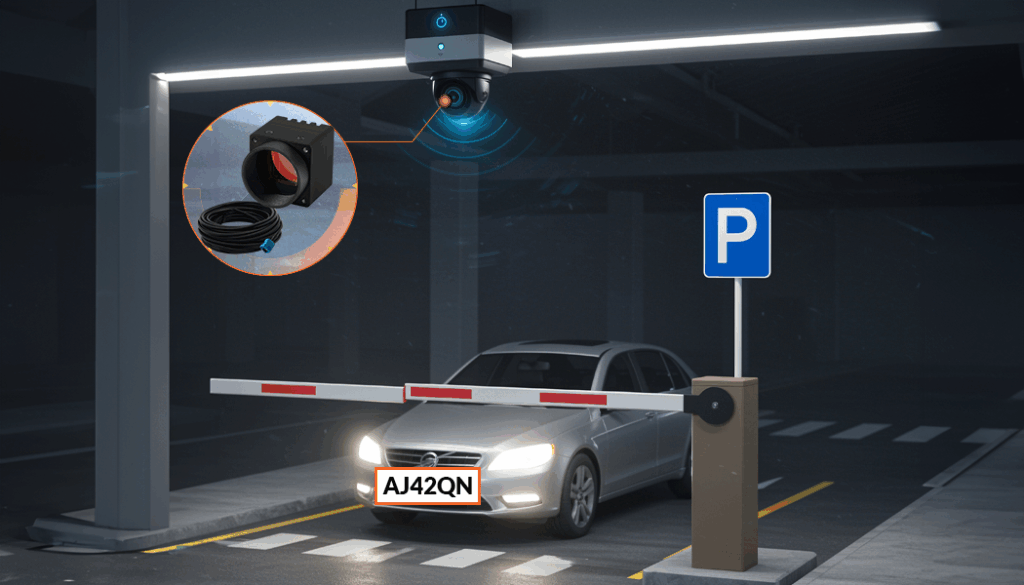
Cameras are the cornerstone of Automatic Number Plate Recognition (ANPR) systems. They capture high-resolution images of vehicle license plates, often in challenging conditions such as varying light and weather. The quality and specifications of these cameras directly impact the accuracy and reliability of ANPR systems.
For instance, high frame rates ensure image clarity of fast-moving vehicles, while infrared capabilities enable imaging in low-light conditions. Advanced cameras integrated with ANPR software process and interpret license plate data in real-time. This facilitates efficient traffic management, law enforcement, and security operations.
Factors to Consider While Choosing a Camera for ANPR
Here are the key factors to consider when choosing a camera for ANPR:
Resolution
While high resolution is often synonymous with better image quality, ANPR systems do not necessarily require extremely high-resolution cameras. A camera with a resolution of 5 megapixels (MP) is typically sufficient for most ANPR applications. Higher resolutions might offer more detail, but can result in larger file sizes and increased processing times, which can hinder system performance.
Chromaticity
In the context of ANPR systems, chromaticity, or the quality of color, plays a crucial role in image clarity and accuracy. Monochrome cameras are often preferred due to their higher sensitivity to light. This makes them particularly effective in low-light conditions. They can also offer better contrast, aiding in the clear distinction of license plate characters. This can significantly improve accuracy.
However, color information may be necessary. For example, identifying vehicle types through color-coded plates or capturing additional contextual information during daylight. In some advanced systems, hybrid approaches that combine monochrome and color cameras are employed to leverage the strengths of both types.
Also read: Monochrome Camera vs. Color Camera: All You Need to Know
Dynamic Range
Dynamic range refers to a camera’s ability to capture details in both very bright and very dark areas of an image simultaneously. For ANPR systems, a high dynamic range (HDR) is essential to ensure that license plates are readable under varying lighting conditions, such as direct sunlight or shadows.
HDR prevents images from being washed out in bright light or obscured in deep shadows, maintaining clear and accurate plate information. Thus, by choosing cameras with HDR capabilities, ANPR systems can operate effectively in diverse environments – from bright urban streets to dimly lit rural roads.
Exposure Time
Exposure time is a critical factor that affects how well a camera performs in varying light conditions. ANPR cameras should ideally have auto exposure capabilities. This allows the camera to adjust its exposure settings automatically based on the surrounding light.
During the daytime, the environment is typically bright. So, a lower exposure time is needed to prevent overexposure and ensure the details of the license plate are captured clearly. Conversely, at night or in low-light conditions, a higher exposure time is necessary to capture enough light and detail. Auto exposure ensures that the camera can adapt to these changes in lighting conditions seamlessly.
Shutter Type
The type of shutter a camera uses can significantly impact its performance, especially when capturing fast-moving objects. For ANPR systems, a global shutter camera is recommended in cases where vehicles are moving fast. Unlike rolling shutters, which capture an image sequentially from top to bottom, global shutters capture the entire image at once.
A global shutter eliminates the distortion that can occur with a rolling shutter at high speeds, ensuring that the license plate is captured accurately and without any artifacts. This is essential for the system to correctly read and interpret the license plate data, even when the vehicle is moving rapidly.
Additional Considerations
Apart from these primary factors, there are other considerations that can enhance the performance of ANPR cameras:
Weatherproofing: Cameras used in outdoor ANPR applications should be weatherproof to withstand various environmental conditions such as rain, snow, and dust. Ensuring that the camera is rated for outdoor use (e.g., IP66 or IP67) will enhance its longevity and reliability.
Infrared (IR) Capability: The infrared or near-infrared capability of a camera is beneficial for capturing clear images at night. Cameras equipped with IR LEDs can illuminate the license plate without visible light. This becomes especially useful for nighttime surveillance and monitoring.
Mounting and Positioning: The placement and mounting of the camera can also affect its performance. The camera should be positioned to capture the license plates at an optimal angle – typically around 30 degrees to the vehicle’s direction of travel. Proper mounting can reduce glare and reflections, further improving image quality.
Connectivity and Integration: Ensure that the camera can integrate seamlessly with the ANPR software and other system components. Compatibility with network protocols and ease of integration are crucial for the overall functionality of the ANPR system.
TechNexion – Cameras for ANPR and Smart Traffic Management
TechNexion cameras are designed to meet the demanding needs of ANPR and smart traffic management. Features such as high dynamic range (HDR) ensure clear and accurate license plate capture under varying lighting conditions. These cameras offer high resolution, providing detailed images necessary for precise number plate recognition.
TechNexion cameras also support long-distance transmission with either the GMSL2 or FPD-Link III interface. Their robust build with IP68 enclosures ensures reliable performance in diverse weather conditions, while advanced image processing technologies enhance clarity and reduce any distortions in the output. With these features, TechNexion cameras are ideal for enhancing traffic management and security in modern urban environments.
Get in touch with us to learn more about how TechNexion cameras can meet your ANPR and traffic management needs
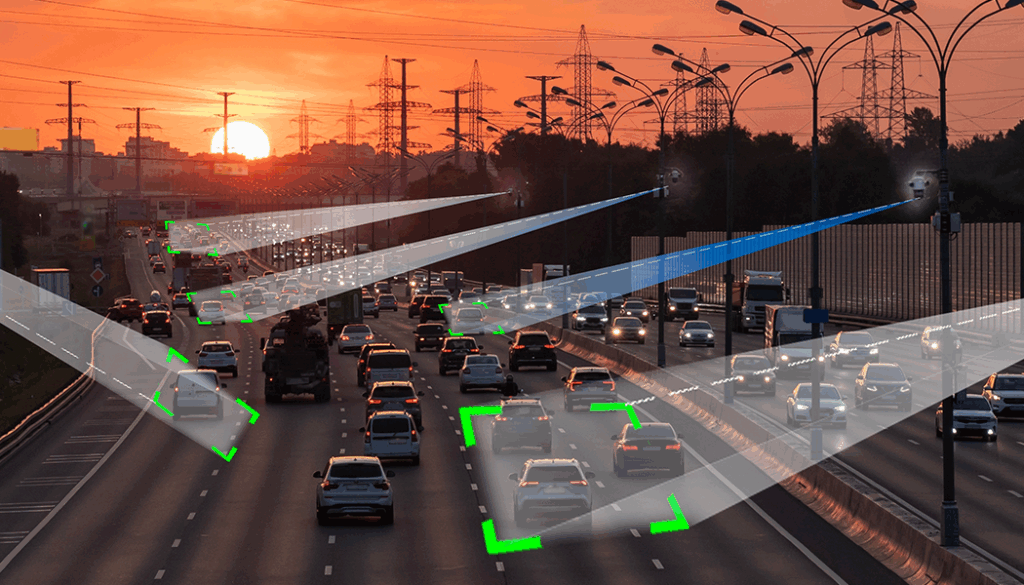
Smart Traffic Management
Related Products
Get a Quote
Fill out the details below and one of our representatives will contact you shortly.

